Changing shopper habits have led to retailers having to constantly reassess their ranges. IRI head of convenience Stephen Lampard explains how best to manage your ranges during these turbulent times.
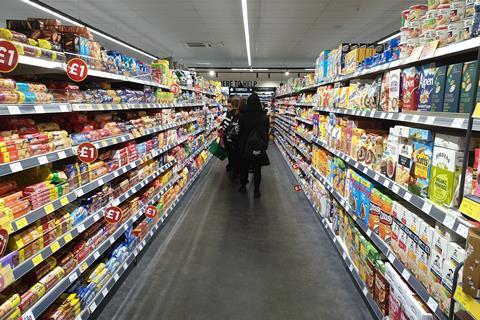
What has happened to retailers’ ranges in recent months?
We have seen the range (moving annual total % of items sold vs. last year) increase by 7% in convenience (+0.7% in 4 w/e 25.07.20, IRI) as shoppers have been looking to convenience channels to fulfil more of their basket. During the COVID-19 outbreak, local retailers with a breadth of range would win as shoppers stay local and avoid the queues of major supermarkets.
Forecourts however have seen a slight decrease of 0.9% in range over the most recent year vs YA, but a slight increase of 0.3% in the most recent four weeks as car usage increases. Specialist retailers (chemists) have experienced a significant reduction of - 9.2% in range in the most recent four weeks as these retailers focus on the availability of the core ranges to meet the customer need.
In contrast, in the major multiples we have seen ranges decrease by an average of -10%, originally from availability, but most recently as the major supermarkets look to simplify their ranges
How important is range in consumers’ list of priorities?
Consumers are looking for more than just impulse products when visiting convenience stores. We are seeing categories such as Home Baking, Chilled Uncooked Meats and BWS have the biggest % value change vs last year (see chart below). While the more traditional Convenience impulse ranges decrease as customers are buying less for immediate consumption switching more towards home consumption.
How can convenience retailers identify the most incremental category segments to target for category growth and NPD development?
As purchasing habits and market conditions change, having the optimal range in store is vital. The first thing is to identify if you have products to meet the need of the customer in the top growing categories within convenience.
The key here is to apply the customer lens to your ranging decisions and think about the new set of customers who are looking for a more localised supermarket offering with more take home products rather than just catering for the on-the-go lifestyle.
We can help retailers and manufacturers make better informed range and NPD decisions based upon insight into category incrementality and substitutability to create the optimum range assortment based on the specific needs of the retailer.
What effect has the pandemic had on brand loyalty and consumers’ willingness to try new brands?
Brand loyalty took a back seat to sheer on-shelf product availability during the early stages of the pandemic when panic buying initiated shopper concerns and re-supply constraints around the capacity of the supply chain to haul enough stock to store to re-stock shelves, gave rise to the impression that certain product categories would be unavailable for the long terms – the most infamous of these being toilet roll. There was no realistic likelihood that the UK would run out of toilet paper – however the starkly empty shelves increased pressure for shoppers to stock up.
At its height, panic buying spread to the majority of categories and lack of on shelf availability of a shopper’s favourite brand meant that in terms of brand loyalty and product trial; essentially there was a shuffling of the deck of cards.
Shoppers were trialling unknown brands for the first time, in some of these cases the shopper may have been positive about the new product and switched allegiance to this new brand.
However, shoppers would normally voluntarily trial a product and with positive intent usually either due to above or below the line influence. In the case of the Pandemic, trial was forced and this negative backdrop would likely mean that the overriding sense was of buying second, third etc best. Against that negative starting point, it would be less likely for the shopper to change their loyalty vs a voluntary product trial.
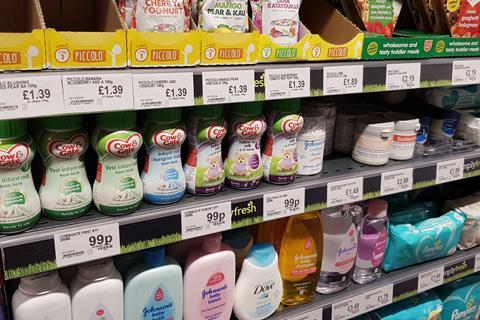
How can category management help to ease the pressure of constant facing up, without diminishing sales?
One of the fundamental strands of category management is efficient assortment, this means that the products on shelf are those that shoppers want, fulfilling key shopper needs as far as possible, within the constraint of given available shelf space. Products with the highest turnover rate are given multiple facings to support availability and also make these anchor brands easier to quickly locate in store consequently becoming ‘category flags’ to support category sales.
Hand in hand with efficient assortment is efficient supply and, in this context, collaborating with suppliers can help a retailer in terms of replenishment. One only needs to spend a few minutes in an Aldi or Lidl store to see that products are available on shelf from a shipping outer. These outers enable the staff in the discount stores to rapidly replenish and they support the product to an extent reducing the need for facing up.
In the main, outers are developed with the supers or discount stores in mind the quantity of product and the configuration of the outer means that a small format store using a supers outer will have an inefficient shelf holding of the product and that product will be inefficiently over-faced. However, if suppliers can create small format store friendly outer packaging then this can benefit the supplier through availability support and the outer design, if used smartly, can reinforce the brand messaging. The benefits for the retailer are efficiencies plays and availability support.
Another vehicle to consider for seasonal / large volume driver products are preloaded FSDUs. Not only can these become eye-catching displays in their own right to create theatre for the store but also they can also be used to block of aisles in small format stores and so ensure a COVID-secure route through the store.
How can retailers get the best out of planograms without undermining their own expert customer knowledge?
One plan does not fit all retailers and so planograms (POGs) often include the flexibility to harness the expert knowledge of the store manager with local variation space embedded on POG. However it is increasingly recognised that where the data is available at the most granular level and POGs can be created on a bespoke basis for a store then this is the approach that should be taken.
This is something that Co-op have leverage for the creation of their HIVE platform. Democratisation of insight, so everyone in Co-op, at every level, is able to trust the insight and thus optimising the shelf space for every store, consequently negating the need for local variation space on a POG. Everything is guided by data and insight because the data is available at the most granular of levels and the learnings and outcomes applied to every store.





















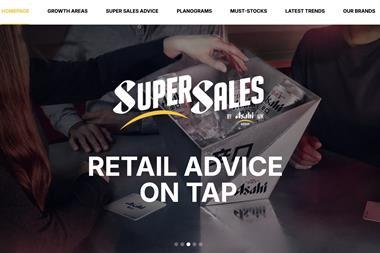
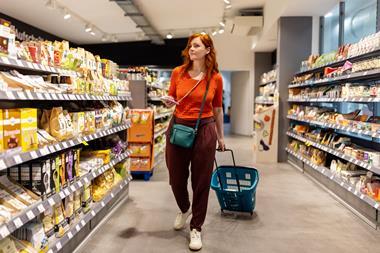
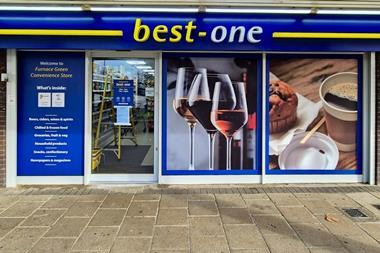


No comments yet